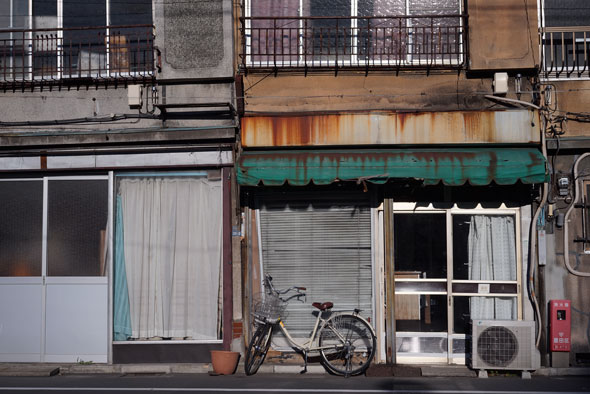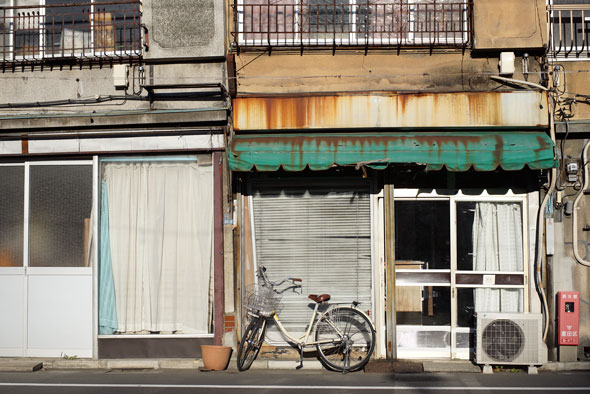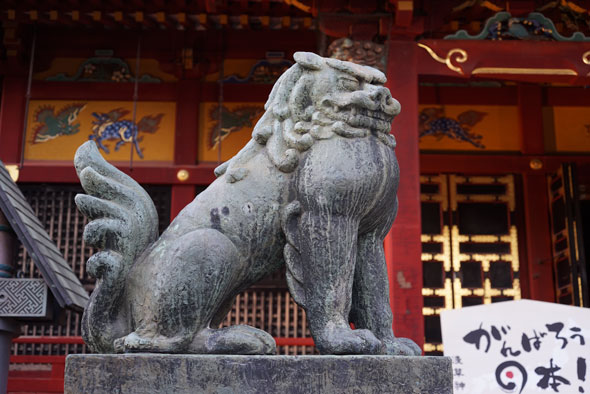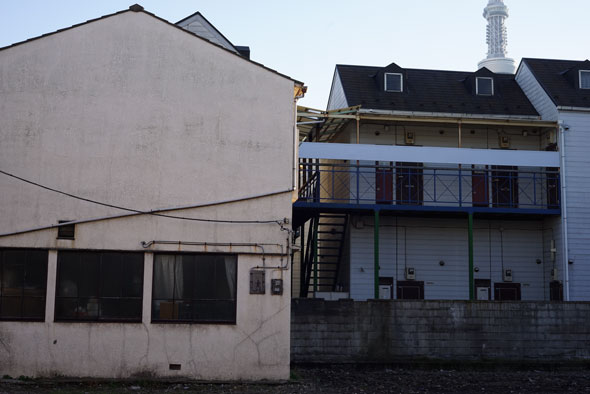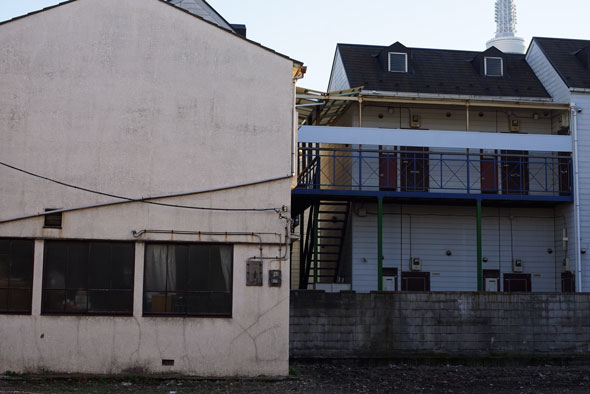
You must have noticed that as popular cameras became smaller, to almost everyone’s delight, the lenses became bigger. Greater portability of one is offset by more weight of the other; unnecessarily heavy normal focal length lenses, some of them pretty monstrous. Could this involve some heretofore unknown law of nature, deserving to be called: conservation of equipment burden?
With the Sony NEX series this phenomenon seemed to have become the norm. From the early ones onward they always appeared to be on the verge of tipping over, all sense of balance gone. How to explain this development into inconsistent directions, the second appearing to defeat the advantages of the first?
Just as carrying basic equipment can no longer cramp our style, lens designers and manufacturers are spoiling the party. Explaining this would seem to have become urgently necessary. The quick explanation consists of two Japanese syllables: bokeh.
When I read about photographic matters in Japan a couple of decades ago this did not seem such a big thing. But since then it has conquered the world. And it has turned photographic aspiration inside out or upside down, whichever you prefer. You get bokeh if most of your photograph is unsharp, and if only one thing in it can be recognized for what it is.
Depth of field, making everything sharp, used to be something to sacrifice other things for. Today references to ideal DOF are nearly always with the understanding that the writer wants as little of it as possible.
Once upon a time a maximum lens opening of F3.5 for a 35mm or medium format camera seemed good enough, and F2.8 desirable and more costly. Bigger openings were considered desirable only for low light situations. Super high ISO and accompanying noise suppressing software (try the just out DxO Optics Pro, now also good for the A7R and miraculous in that department) have practically abolished those.
Now we have enthusiasts on forums exclaiming, “What on earth were they thinking!”, as they castigate manufacturers for sticking with that once desirable maximum opening. What they want is nothing less than F1.8 or F1.4. Because for bokeh upon bokeh you need fast lenses.
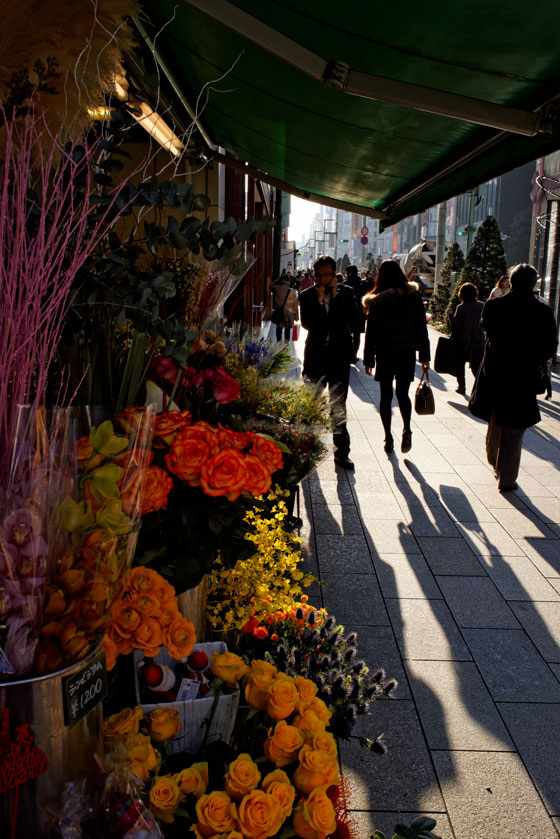
That’s a photographic ideal upside down. In the early 1930s the photographic luminaries Ansel Adams, Edward Weston, Imogen Cunningham and several others had formed a group they called Group f.64. They wanted sharpness in their 4×5 and 8×10 negatives. My friend Greg Davis, a photographer for TIME Magazine who died in his early fifties from the effects of agent orange, used to talk with me about starting an f.90 group, once he would be back from the wars and conflicts in Vietnam and Cambodia.
Now some enthusiasts, and they appear to be an expanding tribe, want nothing so much as depicting just a wafer-thin slice of what is out there. What comes to my mind is a picture on one of the forums of the focussed nose of someone’s dog. Its proud owner was equally proud of the shallow DOF he had achieved. The rest of the dog, well… bokeh.
Why does this fad thrive? I think I have an explanation. If most of your photograph is not going to be in focus, you need not worry about composition. And composition is not only the most crucial factor in taking a good photograph, it is also its most challenging aspect.
There are no rules for it. Courses and books will not help you much. The so-called “rule of thirds” is silly. You achieve good compositions mostly by fast decisions about framing if you work handheld, and by anticipating the right moment, like when shadows on a sidewalk fill the empty corner of a frame.
When you work from a tripod and masses of people are in view, you must react instantaneously when you have what could be called a Bruegel moment, clusters of people all doing something different, like in the photograph of the area with incense burner in front of the Sensoji Temple in Asakusa.
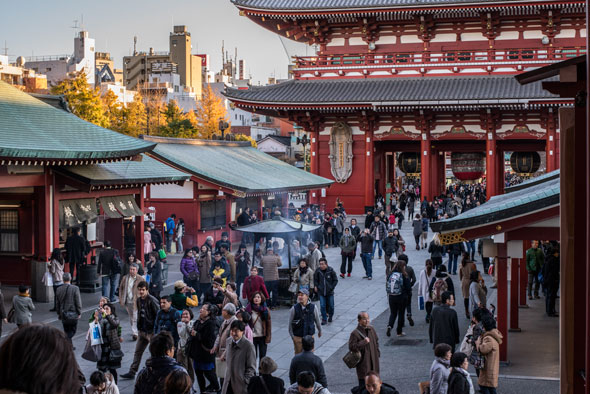
You learn composition, like journalism, through experience. Especially the experience of looking at thousands of paintings, and at photographs, preferably in black and white from before the autofocus age.
What you take in from all that is stored in the back of your mind, and called upon, tacitly, as you move around with your viewfinder. You do not have much time to deliberate.
Such compositional skill does not become second nature for bokeh photographers. Isn’t that ominous for the future of photography.
Of course unsharpness can have a function in street photography, but as Bellamy Hunt, British street photographer living in Tokyo, responded to my theory, “You have to be bloody good before you can make that work; those fast lenses make lazy photographers.”
Japan Camera Hunter Bellamy, who by the way is the person to consult if you want to find legacy lenses and vintage cameras in Japan, can become indignant about this: look at that lot that Sony took to Nashville to try out its new camera. “They all took the same picture using the lens full open, this is not what I consider to be good photography, merely a press junket.”
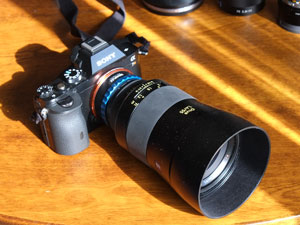
The Zeiss Otus is a magnificent piece of optical engineering, as I could confirm having borrowed one from the Zeiss people here. It is F1.4, has no noticeable flaws and is very sharp if you focus correctly.
Zeiss calls it “the absolute best SLR lens in the world today.” It also weighs one kilogram and is huge.
If its designers had applied their great skill to making it close to perfect at F2.8, it would probably have been half the size, suitable for handheld photography and I would have wanted to have one.
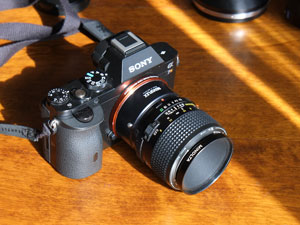
The notion that the Otus is the sharpest lens the world has ever seen is, of course, nonsense. In 1981 Minolta produced the MD Macro 50mm F3.5 which from F5.6 onward — and certainly at F8 — is a match for the Otus. See the three comparison samples further below.
In the picture it also seems a bit large, but it is one fifth of the weight of Otus. And whereas the Otus will cost you some $4,000, the MD 50mm Macro can be had on eBay for between $100 and $150.
Comparing some photographs taken with both lenses on the A7R, on a big high resolution screen of a fellow large format stitch photographer, we could not detect differences in sharpness, while my friend marginally preferred the contrast of the 32-year-old Minolta.
Back to bokeh. Would you have preferred that, when you look at the sharp leaves of a ginkgo tree just beginning to turn?
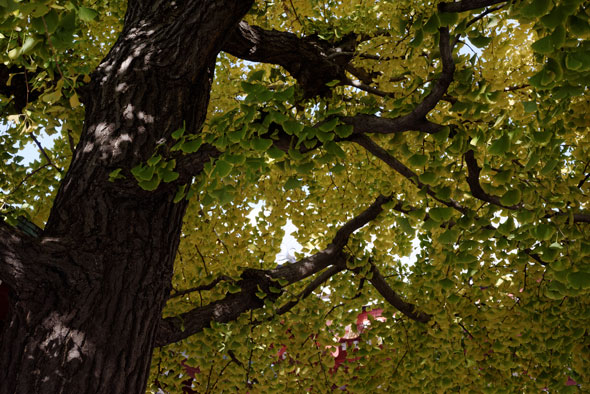
We are dealing here, of course, with almost unrivalled image quality of the Planar 45mm F2, made for the Contax G.
The bokeh mania has yet another drawback. It tempts photographers to leave important equipment at home.
+++ We’ll be posting more A7R and Zeiss Otus 55mm F1.4 sample images in a few days, stay tuned!
Karel van Wolferen is a writer, but photography has been his second life since he was 11 years old, now 61 years ago. He built his first darkroom at the age of 14. His passion is for high resolution. He used to work with 8×10 and now tries to achieve 8×10 by other means through stitching. Until the Sony A7R came along.
Karel left the Netherlands in 1960 at the age of 19, with one hundred dollars, with the idea to hitchhike to India (before there were hippies). He lived in Turkey, India and SouthEast Asia before arriving in Japan two years later. He worked as a newspaper correspondent covering a large chunk of Asia for 16 years before it became possible to live on income from writing books.
The University of Amsterdam asked him to become professor of comparative political and economic institutions, a position he held until retirement seven years ago. Karel still write books, many for Japanese readership. His second life in photography, which saw the building of three 8×10 darkrooms in Tokyo, has continued with all manner of digital experimenting in which I mix techniques to achieve super realistic images.
